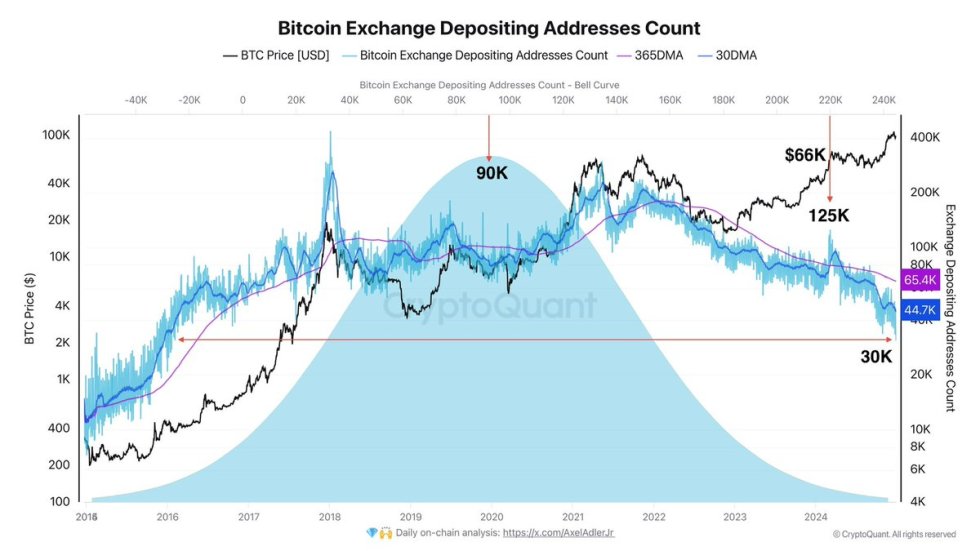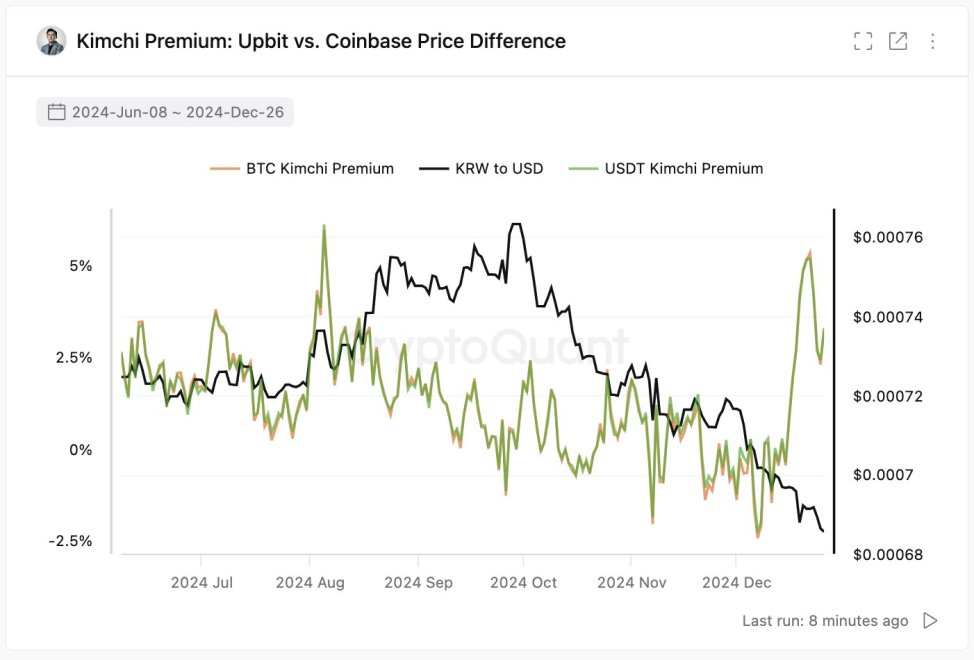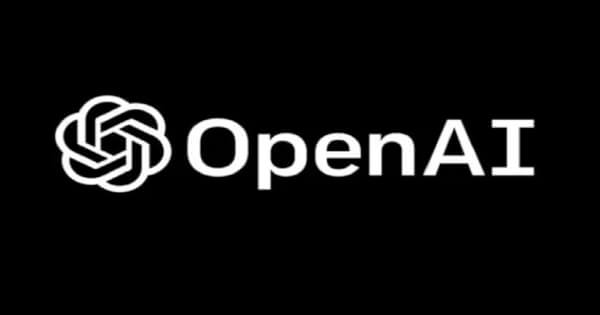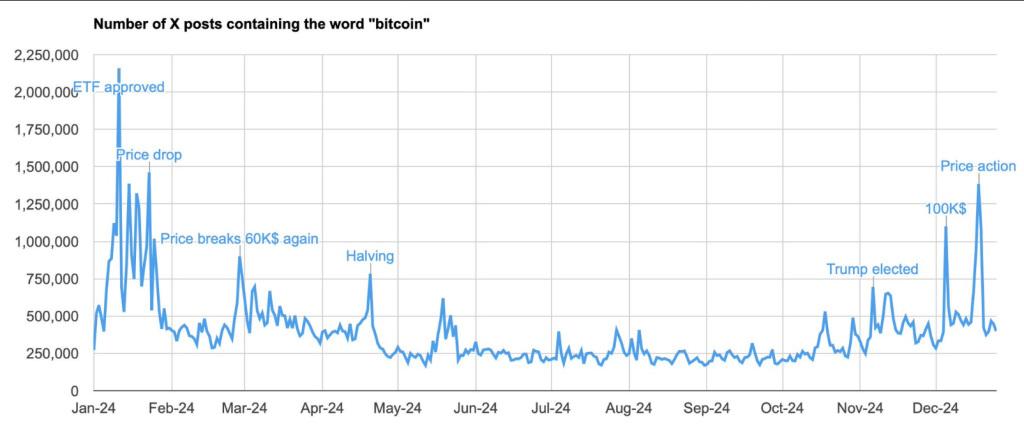Each month, another company publishes a whitepaper, claiming to have solved the scalability problems faced by Ethereum.
These new blockchains claim to be better, faster, and smarter than Ethereum — they say they can handle thousands, even millions of transactions per second (TPS), have no transaction fees, and have near-instant confirmation times.
This article on medium “Ethereum Will Be the Backbone of the New Internet” by James Martin Duffy, although about three years old, is really insightful. It provides solid reasons why Ethereum has already won the race to become the foundation of Web 3.0, and will become the fundamental base layer that all major DApp platforms will choose to build on top of in the future.
This is basically just like a summary of the article, you can read it here for more.
So, these are almost the same reasons why ETH currently makes up most of my portfolio:
1. Ethereum has way more developers building on it than any other platform — and this gap is widening by the day.
And why's this important?
To summarize it all, at the end of the day, it doesn’t matter how many transactions per second your blockchain can handle if no one is actually using it.
And in order to have applications worth using, you need to attract enough developers to build them. If you don’t have developers building applications on your blockchain, you’re effectively building a ghost town. The blockchain platform that has the most developers building real-world applications on top of it will be the platform that gains the widest mainstream adoption. And not only does Ethereum have a massive head start in this area, but the gap is widening with each day that passes.
2. Ethereum has better tools and infrastructure for DApp development than any other platform
Metcalfe's law states that the value of a telecommunications network is proportional to the square of the number of connected users of the system (n2).
Basically, in less nerdy terms, the more developers building useful stuff, the easier (and more enjoyable) it becomes for new developers to build, and the effect compounds on itself.
3. Ethereum does not sacrifice decentralization
With blockchains, there's some kind of scalability trilemma at play. The trilemma claims that blockchain systems can only at most have two of the following three properties:
•Decentralization (defined as the system being able to run in a scenario where each participant only has access to O(c) resources, i.e a regular laptop or small VPS)
•Scalability (defined as being able to process O(n) > O(c) transactions).
•Security (defined as being secure against attackers with up to O(n) resources).
So in more friendly terms, it’s kind of like a law of physics that says a blockchain can only have 2 of these 3 properties: decentralization, scalability, and security.
What that means is, given the same level of security, if you want to increase a blockchain’s scalability, you must sacrifice its decentralization.
Pretty much every platform that’s been touted as the “Ethereum Killer” has simply decided to trade off decentralization in favor of higher scalability, and advertise it as if it’s a feature.
4. It will be impossible to run all the world’s decentralized applications on a single blockchain: Scaling has to occur on Layer 2
It would be absurd to try to run the Internet’s 100 most popular games and social apps all on one giant supercomputer.
Likewise, it’s absurd to assume all the world’s decentralized applications in the foreseeable future will run on one blockchain.
It doesn’t matter if a blockchain can do a thousand transactions per second or a million transactions per second — no single blockchain will be fast enough to handle all the world’s decentralized applications on the same chain.
Scaling has to occur on Layer 2. The solution is obvious — these applications will need to be split up across multiple blockchains.
If you put DApps that require thousands of transactions per second on their own standalone blockchains, they would be vulnerable scalability issues. But if you put them on a sidechain to a blockchain that is sufficiently decentralized (like Ethereum) — you get the best of both worlds.
Sidechains provide higher scalability without sacrificing security. A sidechain can use a different consensus algorithm (like DPoS) optimized for DApps that require very high TPS or low-latency, while storing any tokens or data requiring a high level of security on the main chain.
5. New platforms are unproven, while Ethereum‘s security has already stood the test of time.
Pretty much summarises itself.
Conclusion: "Ethereum isn’t perfect — but at this point, it’s hard to imagine it being displaced as the de facto Layer 1 for decentralized applications"
I really suggest you read the article from beginning to end and also check out the comments against some of its points. I'm saying this cos I don't believe in just blindly shilling and shutting out the opposing views. Some of the arguments against it will help bring a new perspective and maybe force you to do more research on some of the points presented here.
Btw, could also be a great place to start DYOR on Ethereum if you've been interested for a while without really looking into it.
[link] [comments]

You can get bonuses upto $100 FREE BONUS when you:
💰 Install these recommended apps:
💲 SocialGood - 100% Crypto Back on Everyday Shopping
💲 xPortal - The DeFi For The Next Billion
💲 CryptoTab Browser - Lightweight, fast, and ready to mine!
💰 Register on these recommended exchanges:
🟡 Binance🟡 Bitfinex🟡 Bitmart🟡 Bittrex🟡 Bitget
🟡 CoinEx🟡 Crypto.com🟡 Gate.io🟡 Huobi🟡 Kucoin.




















Comments